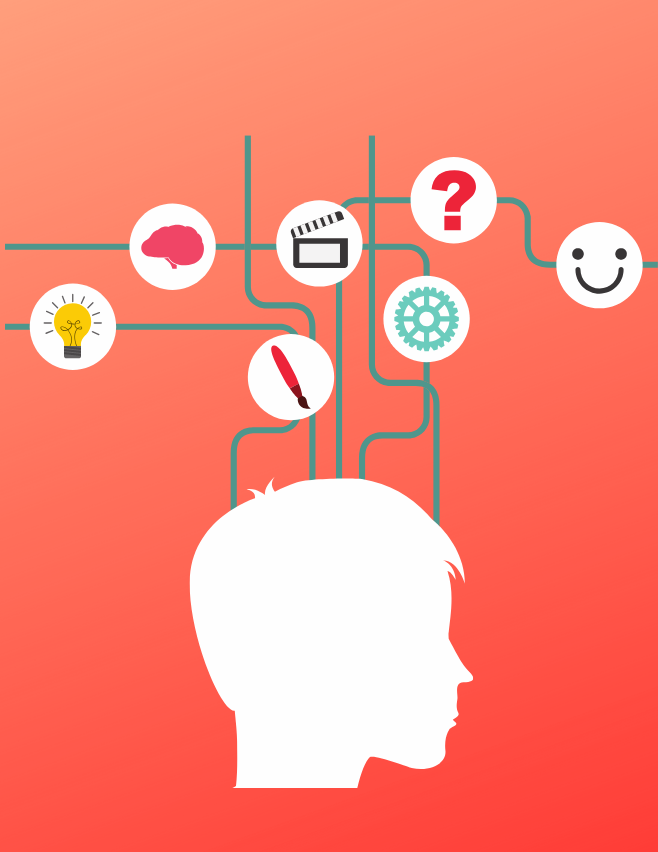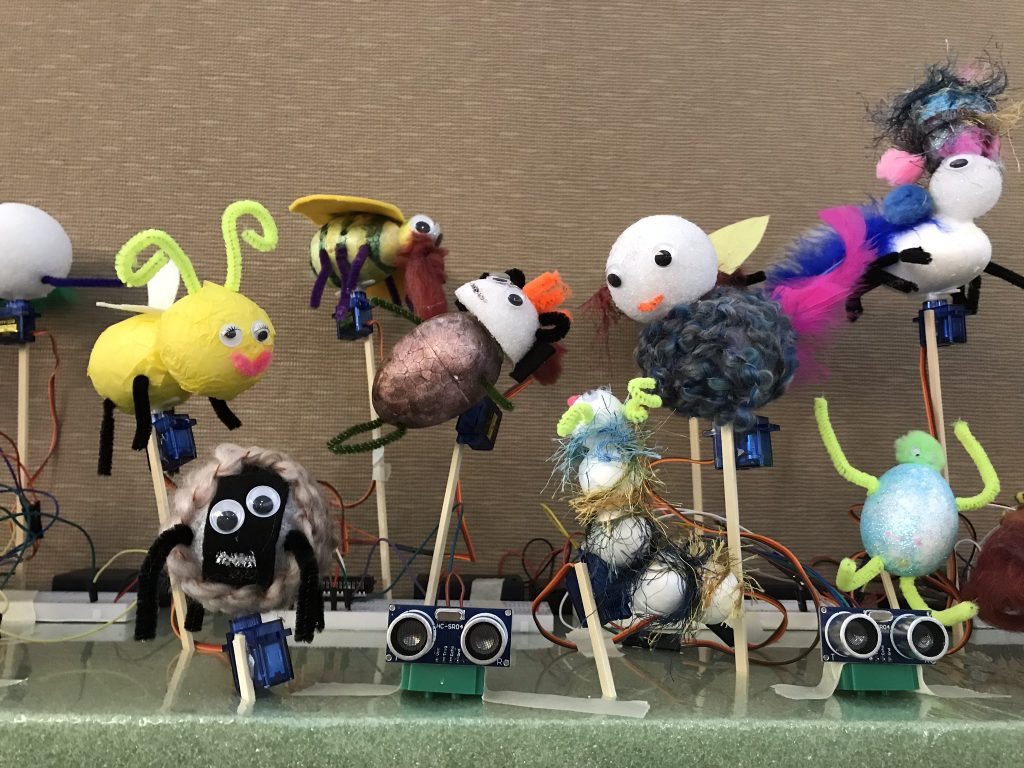For my Digital Learning Environments Community Engagement project, I chose to develop a workshop on Pair Programming in K-8 classrooms. I picked this topic because I am excited by the research behind pair programming and its potential for making students, and in particular girls, feel more engaged and confident in computer science classes.
Continue reading “Community Engagement Project: Pair Programming in K-8”Category: 5. Student: Computational Thinker
Accessible & Adaptable Computer Science Instruction

As Computer Science becomes part of K-8 instruction, teachers will need to adapt lessons to make them accessible to students with a broad range of physical, learning and neurological abilities. In the current module of our class, “Digital Learning Environments,” I wanted to examine how the ISTE Standard for Coaches 3, indicator d, “Select, evaluate, and facilitate the use of adaptive and assistive technologies to support student learning” (ISTE, 2011) could be applied to teaching Computer Science.
Continue reading “Accessible & Adaptable Computer Science Instruction”Social Coding: Engaging Girls in K-8 Computer Science
Getty Images Pro, via Canva.
In module 1 of our DEL program class Digital Learning Environments, we are looking at ISTE Coaching Standard 3 “Technology coaches create and support effective digital age learning environments to maximize the learning of all students” (ISTE, 2011).
In this post I would like to explore how teachers can promote collaboration and cultural relevance in K-8 Computer Science lessons to increase girls’ interest in coding, addressing indicator a: “Model effective classroom management and collaborative learning strategies to maximize teacher and student use of digital tools and resources and access to technology-rich learning environments” (ISTE, 2011).
Continue reading “Social Coding: Engaging Girls in K-8 Computer Science”Physical Computing

Physical computing – programming small microcomputers and combining them with electrical and non-electrical materials – engages students in ways that coding alone doesn’t. Intangible onscreen code suddenly makes something happen in the real world: a wheel turns, a light goes on, a point is scored and displayed above the soccer game you’ve built. In the process, students collaborate, solve real world problems and see for themselves how the devices we use in our daily lives really work.
Continue reading “Physical Computing”Makey Makey & Scratch: Getting a 4th Grader’s Attention
For the Community Engagement project in this quarter’s Teaching, Learning and Assessment 1 class, I chose to create a lesson that tied a hands-on technology lesson to 4th grade students’ learning about electrical circuits.
Continue reading “Makey Makey & Scratch: Getting a 4th Grader’s Attention”